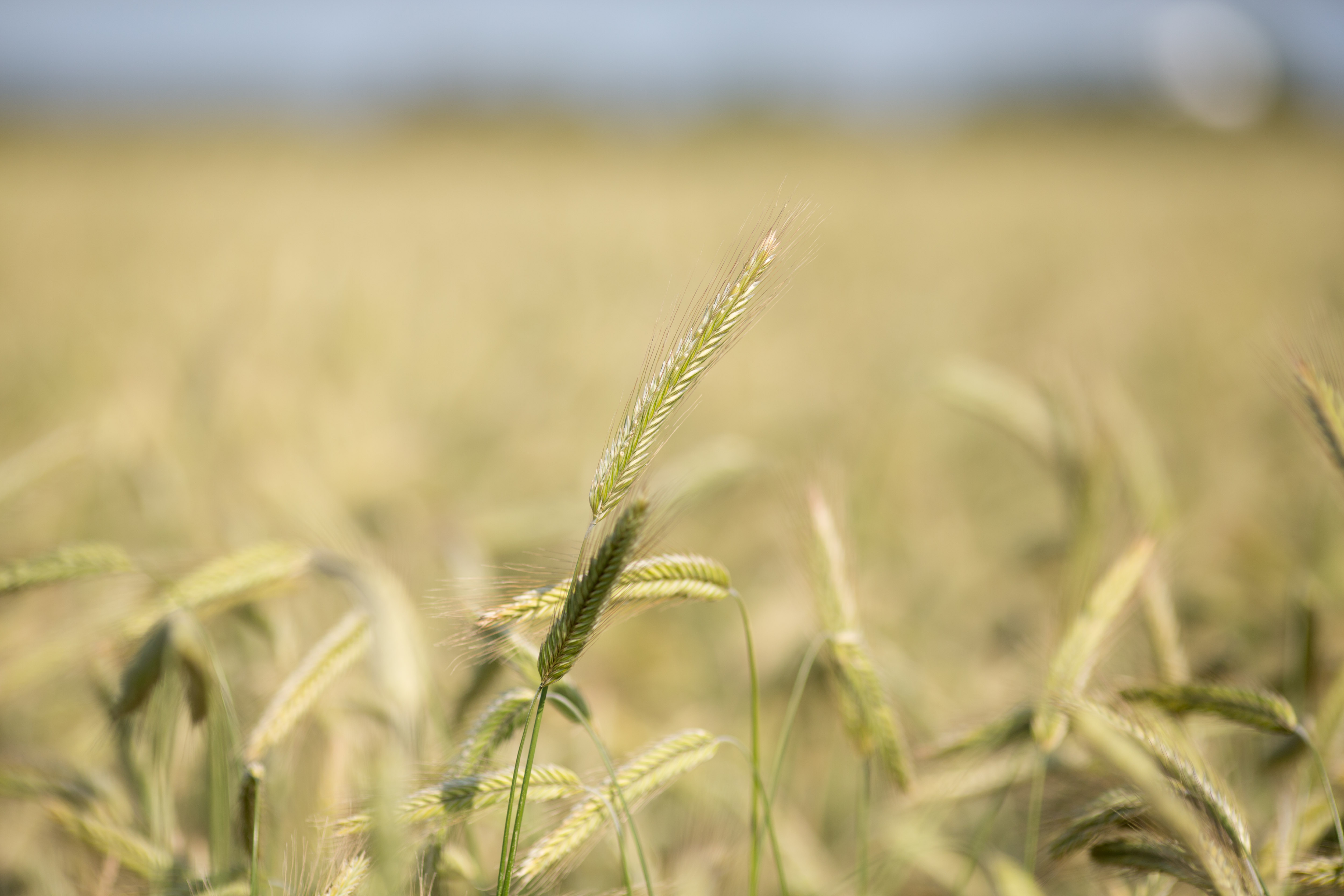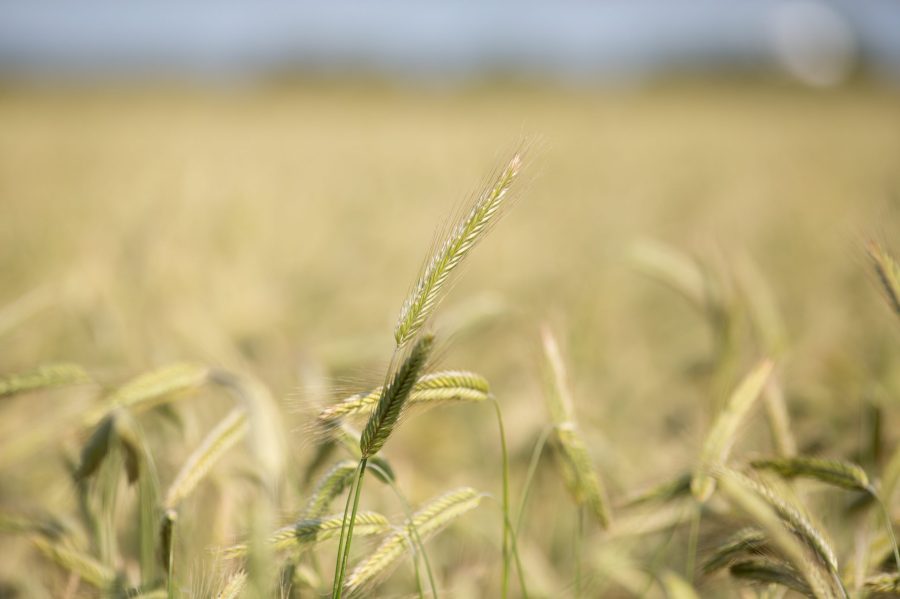 ALS herbicides Cintac and Niantic have been granted an approval of an Extension of Authorisation for Minor Use (EAMU) registration for use in rye. Charlotte Cunningham reports.
ALS herbicides Cintac and Niantic have been granted an approval of an Extension of Authorisation for Minor Use (EAMU) registration for use in rye. Charlotte Cunningham reports.
This EAMU approval comes as welcome news as recent withdrawals and changes to labels have narrowed down chemical choices for grassweed control in rye.
With products such as Atlantis WG and Pacifica no longer available, there have been limited options for controlling blackgrass, ryegrass, annual and rough stalked meadow grass and brome spp. in rye, says off patent manufacturers, Life Scientific.
Niantic is a reverse engineered Atlantis WG (30 g/kg mesosulfuron-methyl + 6 g/kg iodosulfuron-methyl-sodium methyl-sodium) while Cintac is a reverse engineered Pacifica (30 g/kg mesosulfuron-methyl + 10 g/kg iodosulfuron-methyl-sodium.)
“These new approvals come at a time when rye is really seeing a resurgence of interest on UK arable farms,” explains Ruth Stanley, Life Scientific’s country manager.
“In 1990 there was only about 800ha of rye grown which has almost tripled in area in 2020 to nearly 20,000ha. This area is expected to rise even further as growers look at alternative cropping options, and new markets are found,” she adds.
“Much of this increase is based on rye fitting into the second cereal position in place of wheat or barley. Rye is take-all tolerant so is good for the second cereal position as the disease will not affect yield.”
“This is down to its very vigorous root system, and this root mass also means it is drought tolerant and can also cope in a hard winter.”
Attractive gross margins
Ruth also points out that its comparably high yields combined with being cheaper to grow than second wheat or winter barley means its gross margins are more attractive.
“A large area is now also grown for anaerobic digestion which has seen a rapid increase during the past 10 years. Rye flour is also of increasing interest.”
This new approval comes alongside the recent good news of another EAMU approval for Life Scientific’s maize herbicide Basilico which allows the product to be used on both winter and spring linseed as a pre emergence treatment.
The EAMU’s for Niantic and Cintac can be downloaded from the CRD website or https://uk.lifescientific.com/#products




